Ship Husbandry > Underwater Hull Cleaning
Pacific Blu Subsea Services
Underwater Hull Cleaning
Bilge Keels
Before Cleaning
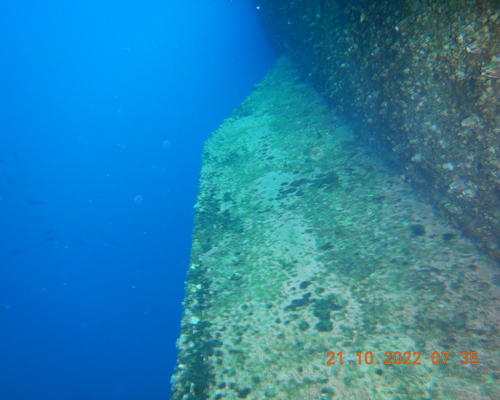
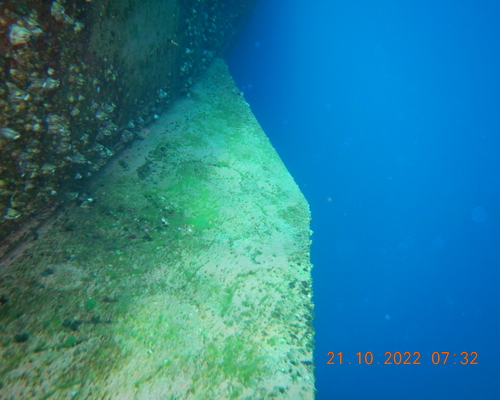
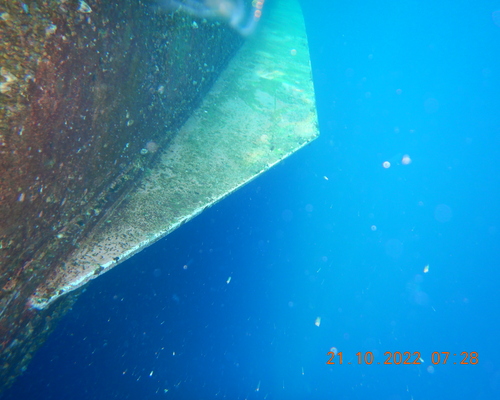
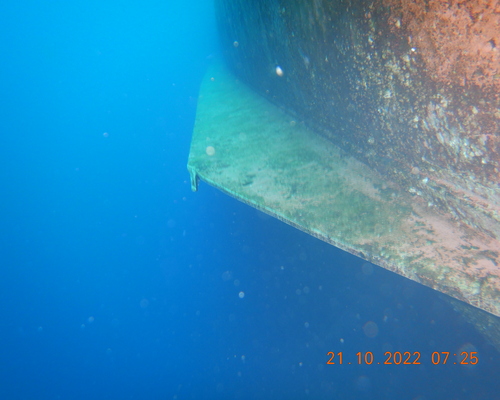
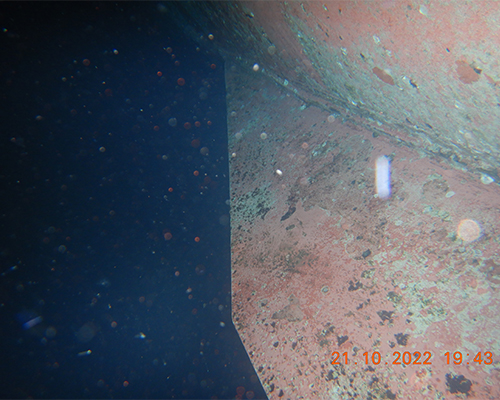
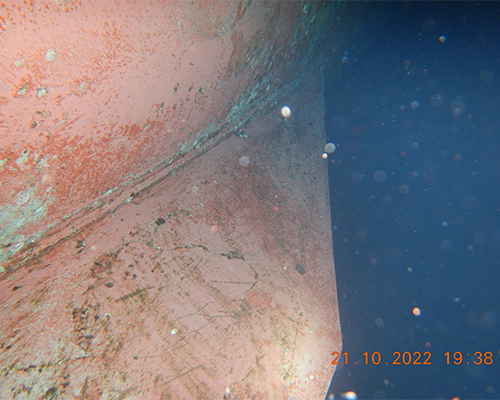
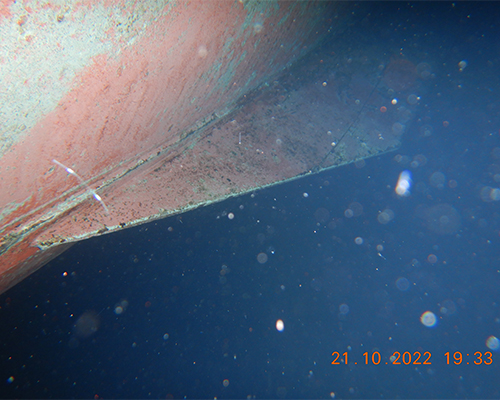
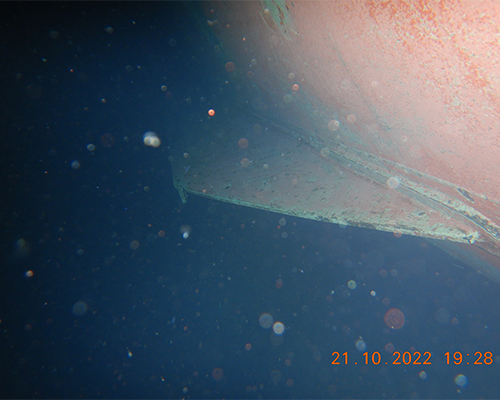
After Cleaning
Flat Bottom
Before Cleaning
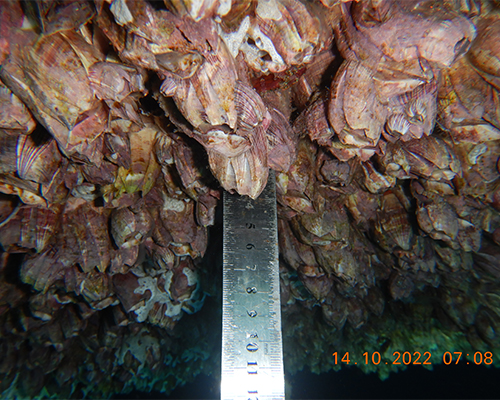
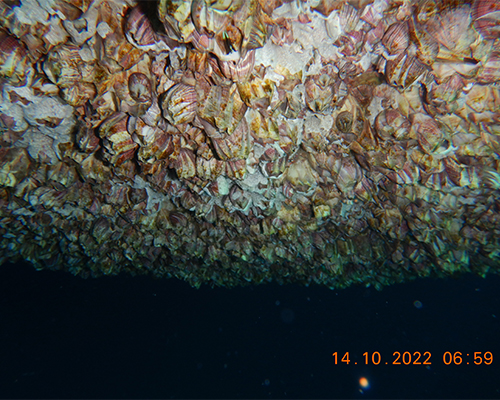
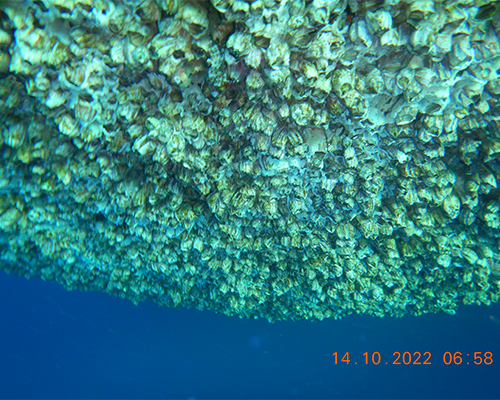
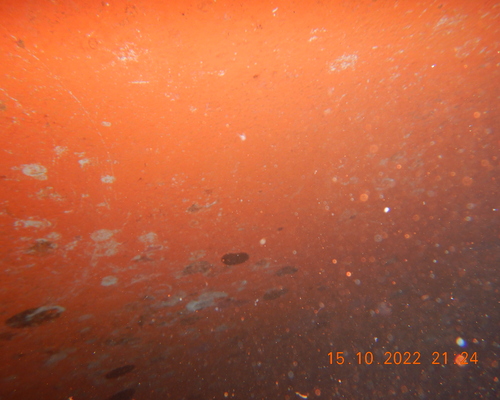

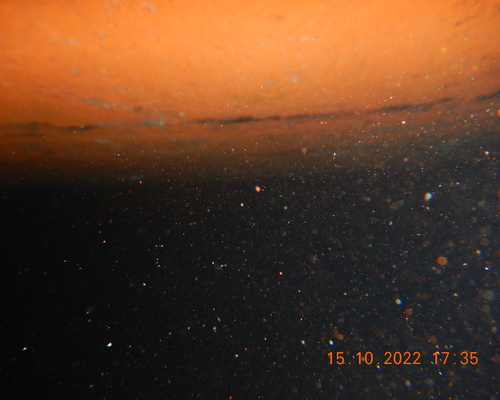
After Cleaning
Vertical Side - Port Side
Before Cleaning
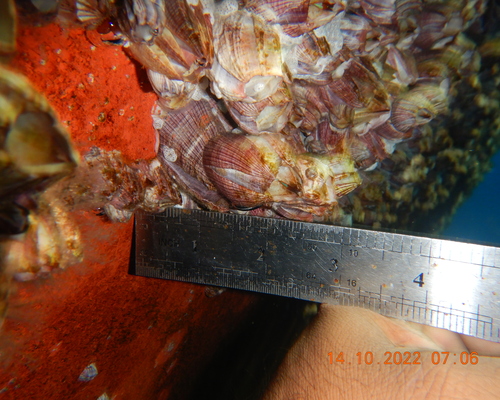
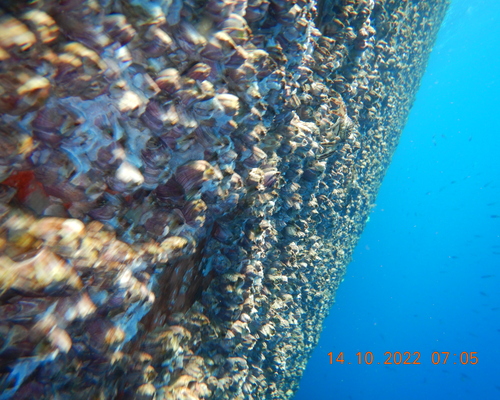
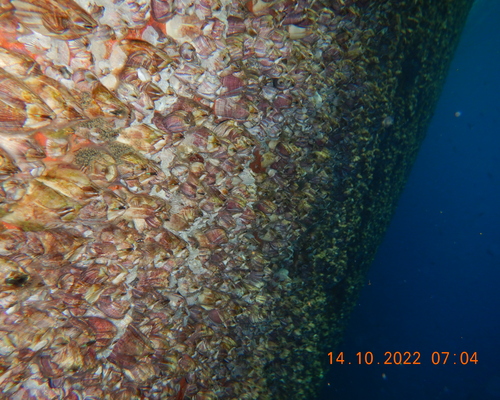
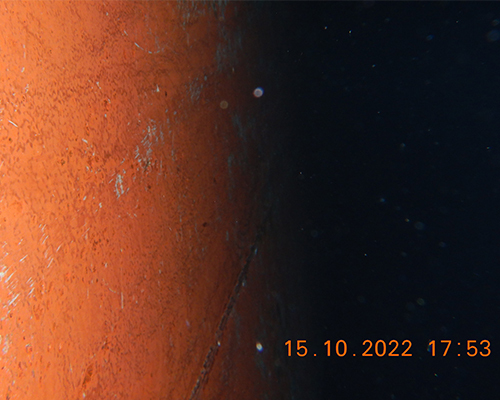
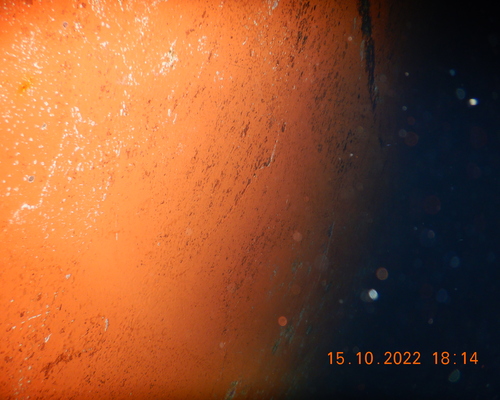
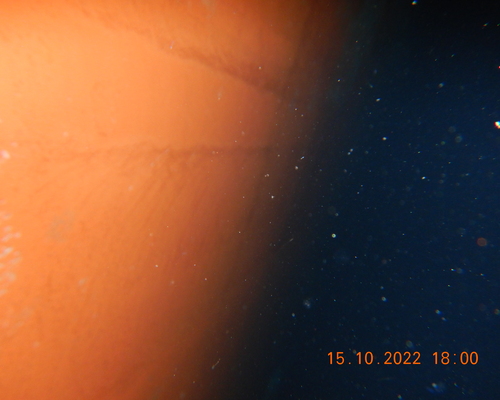
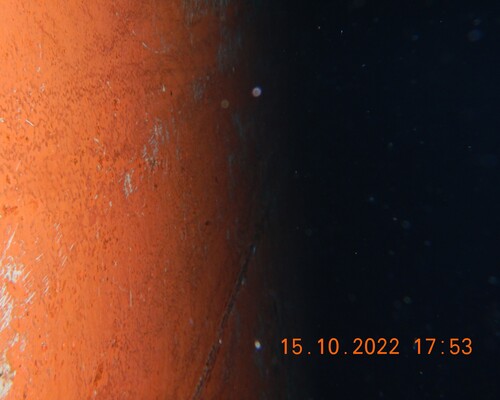
After Cleaning
Vertical Side - Starboard Side
Before Cleaning
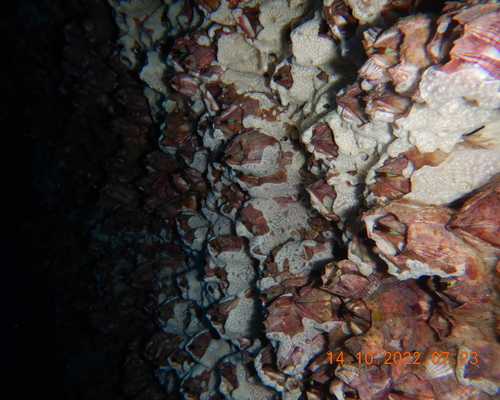
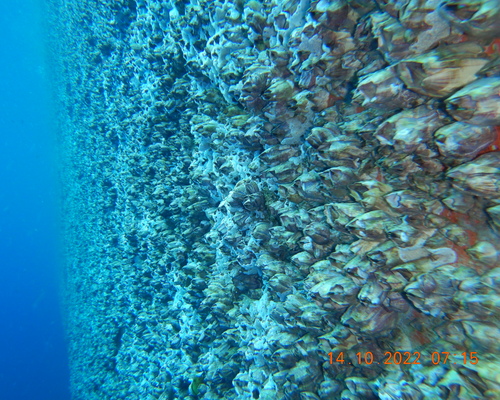
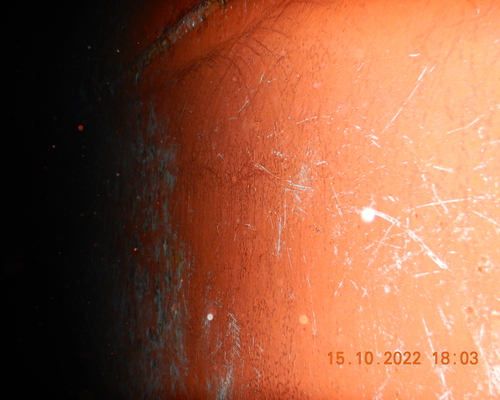
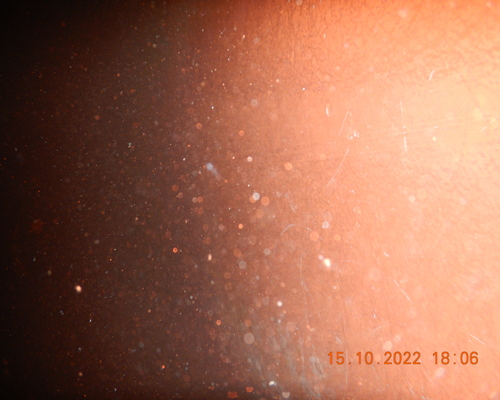
After Cleaning
Marine Fouling – Rationale
Marine fouling on ship’s hull is the accumulation of micro and macro-organisms on immersed surfaces which lead to economic, environmental, or safety-related negative effects. Marine fouling generates surface roughness which increases the drag resistance of a ship moving through water and consequently increases fuel consumption and emission of greenhouse gases.
The problem of the adhesion of marine organisms to the vessel’s hull that happens through the following stages. Initially, the bio fouling process starts when the hull surface begins to accumulate adsorbed organic compounds as well as the molecules of polysaccharides, proteins, and fragments of proteins. Then micro fouling starts, which is the build-up of a biological microbe layer as the bacteria now has favourable conditions in which to propagate. Following that, the roughness of the microbe colonies helps to attract even larger organisms such as algae, marine fungi, and mussels. The last stage of fouling (macro fouling) colonizers mainly consists of larger marine invertebrates (molluscs, sea moss, seaweed).
Complexity of the Fouling Issue and Biodiversity of Marine Organisms
According to a research study, more than 4000 fouling organisms have been identified worldwide. Among them, bacteria, diatoms, and algae spores are the main micro-organisms which settle on ship hulls, while barnacles, tubeworms, bryozoans, mussels, and algae are the most common macro-organisms. Shellfish, seaweed, sea moss and hydroids, which clog the underwater intakes, covering antifouling paint and creating a thick layer on the ship’s hull destroys and affects proper function. Shellfish such as oysters and mussels, release millions of young bivalves in the water, which move with the help of the ocean currents. The young bivalves adhere to static objects and attract various species of algae. Ships that are anchored are ideal for the growth of these microorganisms. Some of these (e.g., Brown Weed) are durable. Algae secrete a sticky fluid which is highly corrosive. Moreover, slime films lead to significant increases in resistance. Slime is a green slick film, a colony of microbes that over time become the breeding ground for algae, tubules, and barnacles. Slime begins to cultivate as soon as the vessel enters the water as bacteria populate the substrate and excrete Extracellular Polymeric Substances.
Another effect of marine fouling is the deterioration of coatings such as favoured corrosion. Settlement of fouling including heavy calcareous fouling generates an increase of the frequency of dry-docking operations because of the need of additional hull cleaning and in costly additional coating replacement or hull repair.
Hull Cleaning
It is the process of removing corrosion products, previous paintwork, fouling by algae and marine organisms from the hull of a ship what is carried out afloat (underwater) and in the dock. The hull cleaning method depends on the required degree of cleaning and the condition of the shell plating: the nature, thickness, and strength of layer the corrosion products, old paintwork and fouling.
Why Clean the Hull?
Biochemical corrosion, fouling by algae and marine organisms cause significant harm to ships. Corrosion is fraught with the appearance of underwater holes through which water can quickly enter the hull and lead to tragic consequences. In turn, marine growths may seriously worsen the characteristics of the vessel reducing its speed and increasing fuel consumption by 30%.
The Outcome of Hull Corrosion
The increased abrasion due to corrosion of the hull leads to speed reduction. So, to maintain a constant speed, greater fuel consumption is required, thereby increasing the cost and the emission of gaseous pollutants. Depending on the type of vessel, fuel may make up about 50 % of the operating cost of a ship. The increase in weight of the hull from the fouling has the effect of reducing the hydrodynamic behaviour of the vessel, since it lowers the centre of gravity of the vessel, therefore affecting its manoeuvrability.
It is recommended cleaning the hull and its propellers in the following cases:
- After the ship returns after a long voyage.
- With a noticeable decrease of a ship speed and increased fuel consumption.
- With a decrease the efficiency of cooling system on board.
- Before conducting planned underwater inspections.
Partial vs. Full Hull Cleaning
To ensure the greatest payoff for limited cleaning efforts, when time or other resources are limited, the priorities for underwater cleaning are:
- Propellers
- Forward one-third of the hull
- After two-thirds of the hull.
Underwater Cleaning with our Brush Kart System
Our UW hull cleaning operations are differentiated according to hull condition and sea water condition and the brushes are fabricated based specifically on fouling type, thickness and hardness of barnacles in each area. Prior to an operation, inspection is carried out in order to determine the fouling condition as well as the type of fouling and based on the findings, specialized brushes are fitted on the Brush Kart System.
Our hull cleaning methodology is equipped with a Brush Kart System (hydraulic powered) in such ways that it is deployed according to hull conditions and brushes are fabricated based specifically on fouling type, thickness and hardness of barnacles in each area. Prior to an operation, inspection is carried out in order to determine the fouling condition as well as the type of fouling and based on the finding, specialized brushes are fitted on the Brush Kart System.
- For Vertical sides and Flat bottom: 3-headed hydraulic powered Brush-kart
- For Rudder and Bilge keels (both below and above- both sides): single-headed hydraulic powered Marina pads
- For Propeller Polishing and as required- single-headed hydraulic powered Rupert-A grade Marina polishing pads
Advantages Of Underwater Hull Cleaning
The underwater cleaning of hull, cleaning of propeller, cleaning of sea chest gratings and other structural members subjected to fouling do not require docking today. The scheduled underwater cleaning of the hull is very economically advantageous during the inter-docking period, for example, such measures can save up to 900 t fuel oil/year for a shipowner having tanker of 50 t displacement. Here is a brief list of efficiency of such procedure as the underwater cleaning.
Thus, regular cleaning of the hull and elimination of corrosion allows the following:
- Increase the life of the hull and its propellers.
- Reduce the risk of accidents at sea.
- Increase fuel saving.
- Increase ship speed.
- Reduce engine load and slow down wear.
- Surfaces are ready for inspections or repair works.
- Ship’s weight decreases, hence, manoeuvrability and speed increase.


